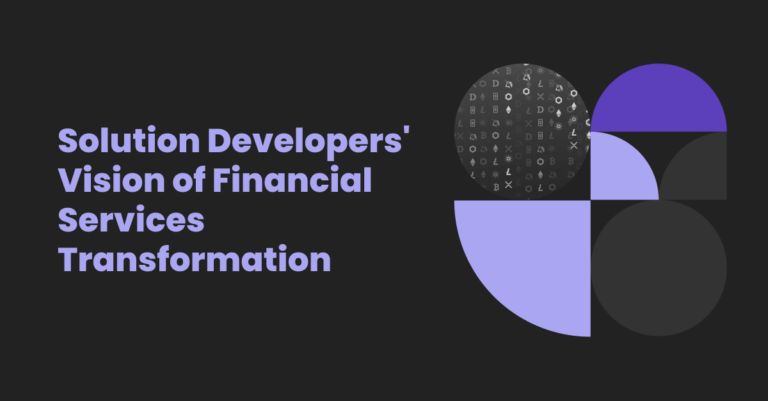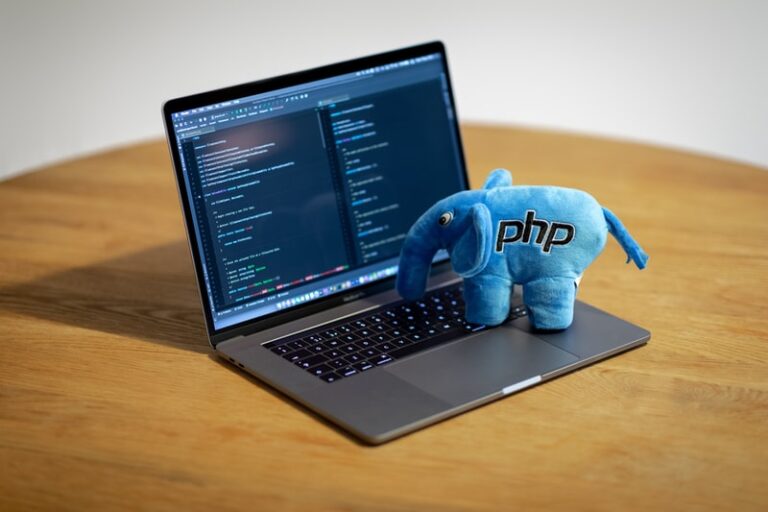Webflow is a website builder that provides much more freedom for creativity and customization while, at the same time, being suitable for those without deep IT knowledge. As a result, anyone, from a designer to a regular entrepreneur, can build a beautiful and highly functional website without writing a single line of code. Once the website is ready, you can use Webflow’s hosting services, which will be able to handle even huge traffic limits.
In this article, we will review Webflow, dive into its main features, elaborate on pricing, and sum up the Webflow review with its pros and cons.
What Goals Does Webflow Help Achieve?
Webflow reviews wouldn’t be complete if the purpose of the software was neglected, as Webflow is much more than the average no-code website builder. Its main focus is to grant users an opportunity to design a website with freedom, making the site more customizable than analogs like Weebly or Squarespace can allow. Besides this, it allows you to:
- Manage content without installing any plugins
- Customize and optimize a mobile version of the site
- Easily make design changes
- Build a site from scratch or use templates
- Host a site directly in Webflow
All in all, Webflow serves as an A-to-Z website builder where you can fully manage web pages. It’s more functional than WordPress, which is notorious for its limitations, yet a bit more complicated than Wix Editor X.
Who Should Try Webflow in Action?
Webflow is a powerful tool for:
- Designers. Being focused on creativity, Webflow is an ideal site builder for designers who want to implement their imagination and creative skills into a stunning site. You can either build the design from scratch or use templates that are 100% customizable.
- Those who seek advanced customization. If a traditional website builder doesn’t allow you to implement your wildest design ideas, Webflow is the right tool for you.
- Agencies. Collaborative work requires specific features to share the drafts, brainstorm in real-time together, and make changes to other people’s projects, which Webflow allows.
While the site builder might not be intuitive enough for users with no IT knowledge, it has extensive customer support. One may indulge in educational resources from Webflow University or access relevant pop-up video tutorials when working with the site builder. Therefore, Webflow welcomes all – beginners and users with advanced web design skills.
4 Main Webflow Features

In the era of no-code/low-code solutions for website crafting, when a user has tons of website builders to choose from, assessing the main features of the software is the first step. We’ve compiled a list of four key Webflow features:
- Designer – Build a Custom UI for Your WebsiteWebflow’s Designer allows you to generate a website’s code without writing a single line – you just have to use a visual designer to move pre-built blocks around, add features and animations, or customize the templates. The software produces clean and semantic code itself, allowing you to harness the power of CSS, HTML, and JavaScript without even a basic understanding of these.If, however, you want to do some coding, the Designer allows you to enjoy all the CSS3 and HTML5 features:
- Support for the box model
- 3D CSS transformations
- Custom transitions
- Floats
- Flexboxes
- The latest typography
- Gradients
Besides having the option to write code or not, you can also choose to design from scratch or use pre-built components from the Webflow library. It offers:
- 25+ free templates that are categorized based on the type of the site the template suits the most;
- 3 wireframes – Startup, Portfolio, Business – with general outlines of the future website
Regardless of what path you decide to follow, you can be sure that all Webflow sites are responsive and compatible with all major browsers.
- CMS – Manage Content Right in WebflowBesides being a website builder, Webflow also encompasses features of CMS (Content Management System) like Drupal or Magento. In terms of working with CMS, you can:
- Create and customize webhooks
- Import content from databases
- Export context as JSON (to further use it in native mobile apps)
- Reap the benefits of third-party integrations
When compiling a Webflow CMS review, we noticed that it has a lot in common with the Designer feature: both focus on flexibility and extensive functionality. Typically, users are limited to non-customizable templates and blog-centric content structures – or complex coding, which requires programming skills. Webflow solves all those problems, allowing you to express your creativity in full. You can:
- Play with colors and fonts
- Add text and images
- Visualize numbers
- Produce customer-centric content: every user will see the content designed for a specific target audience.
Given that, Webflow goes beyond a regular CMS: it powers a unique user experience, in which your imagination is the only limit.
- Hosting – Provide 24/7 AccessWebflow hosting services are another feature that makes the software an end-to-end website builder. You, as a user, don’t need to opt for a third-party hosting provider: all can be managed within Webflow’s infinitely scalable server fleet. Here are the main features of the hosting services:
- 100 global data centers and servers to handle even high traffic
- Content delivery networks powered by Fastly and Amazon CloudFront
- AWS (Amazon Web Services) hosting allows Webflow to support a large-level site traffic
- Enterprise-grade reliability: 99.99% uptime; a web page takes milliseconds to load
- SSL certificates for advanced security and protection
- HTTP/2 compliance for flawless operation on all major browsers
Thanks to all these features, Webflow sites are performant and meet modern users’ demands with flawless performance, compatibility, and high loading speeds.
- Editor – Change Content in Real-TimeOnce you have built and launched your website, you may need to make changes. That’s where Webflow Editor comes in; working with it is supposed to be as simple and intuitive as filling out a form. Besides the numerous templates and hints that Webflow offers, there are some other advantages:
- You can make any edits while your site remains unchanged, as the content is separated from the underlying support features.
- It takes only one click to publish the changes.
- Your teammates can collaborate with you directly in Webflow Editor: the software tracks changes from all users, allowing you to see the contribution of each colleague.
- You can optimize SEO without plugins, so all you will need is to find reliable SEO Services to help you conquer Google or Bing.
- Live previews allow you to see how the changes will look on the site without publishing them.
How Much Does It Cost to Build a Site With Webflow?
Since flexibility lies at the core of Webflow, it encompasses every single aspect of the company, including pricing. While you can build your website for free, with Webflow allowing you to run two projects, access 100+ hours of tutorials, have full design control, and even publish the site to webflow.io, you might want to buy a package to unleash the power of all the features. There are two types of plans:
Site Plans
The fees are applied per site. You can connect a custom domain, work with a team, and even build an e-commerce platform. Webflow prices for site plans are:
- Basic – $12/month
- CMS – $16/month
- Business – $36/month
Ecommerce plans are as follows:
- Standard – $29/month
- Plus – $74/month
- Advanced – $212/month
All site plans include backups and versioning, password protection, advanced SEO controls, fast page loads, SSL encryption, and scaling opportunities.
Account Plans
Account plans allow you to add more projects and unleash new features like code export. They are broken down into two types:
- Individual plans: Free, Lite – $16/month, Pro – $35/month
- Team Plans: $35 per user
All the plans are available for enterprises that require more flexibility and customization. The rates are determined individually.
Webflow Review Summary
When conducting our Webflow reviews, we assessed the site builder and concluded that it’s a full-featured software suitable for both users with little-to-no IT knowledge and proficient specialists with advanced technological skills. You can either follow a simple path by choosing from a variety of customizable templates or engage in custom software development from scratch.
Regardless of which option you choose, Webflow provides an easy-to-navigate interface with numerous features to unleash your creative potential. You can build any type of website, from a simple blog to a functional e-commerce platform.
Flexibility and customization follow users along the whole journey around Webflow. You can work with relevant features, choose a pricing plan that only covers your needed functionality, and apply your unique vision and creative ideas to every single item on the site. What is more, all the websites are encrypted and securely protected, have high loading speed, and can handle even high-level traffic.















